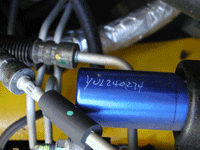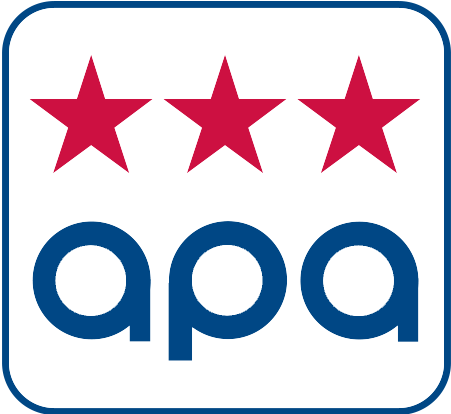APA recommends Sherlock Antitheft Marking
For many years APA members could purchase a do-it-yourself antitheft etching kit with adhesive labels and an etching liquid from the Association. The APA supplier is no longer in business, and antitheft marking has progressed considerably. APA has chosen the Sherlock Antitheft Marking as the preferred way to go for a variety of reasons. Here’s why…
What is intensive antitheft marking®?
Aftermarket vehicle marking involves identifying parts on the vehicle far beyond the 3 or 8 stickers put on the vehicle at the factory by most manufacturers (VW is a noteworthy exception; until the 2005 model year the company applied identification stickers to over 30 components on each vehicle). The Sherlock application involves more than 50 marked parts, including window glass, lights and alloy wheels that are sandblasted. Sherlock also identifies by engraving under hood mechanical components, bumpers and interior parts to make them less attractive to steal for resale.
Benefits
Although the data on aftermarket antitheft marking is incomplete, the APA is comfortable predicting a reduction in theft rates by professionals of 30%-50%. Marked parts are of no concern to a joyrider who steals a car to drive it, but doesn’t intend to resell or register it. However, a thorough marking job makes the vehicle very unattractive to a professional car thief who is looking for a vehicle to re-number with the identification of a wrecked donor car, or to supply stolen parts for a collision repair. Marked parts may deter the theft vehicles for export to foreign markets, like some of the former Soviet Republics, because encoding permits world-wide identification.
Better support for law enforcement
To APA’s knowledge, Sherlock is the only identification company in Canada that maintains a complete and reliable database, with several years of marked vehicles accessible to the police. The Sherlock number is unique, which makes it harder for a thief to disguise the vehicle with “borrowed” VIN numbers from other vehicles. Sherlock is committed to quality control, and in Quebec, where it is the dominant aftermarket antitheft marking system; Sherlock has maintained high standards for its applications. The Sherlock application would be very costly to remove from all the marked metal, exterior plastic, and under hood and interior mechanical parts. While extensive identification with non-original markings may be a concern with collector cars, APA believes the advantages outweigh esthetic concerns with most high-theft-risk and high-end vehicles.

Many parts are marked, including plastic parts on the front of the vehicle that are always in demand to repair the fronts of collision-damaged vehicles.

Alloy wheels are marked. Painted or chromed steel wheels are not marked as that will damage the finish.

Interior components that could be used to refinish a stripped vehicle are marked, including three to eight secret locations.
The Sherlock number is unique and cross-referenced to the factory Vehicle Identification Number in Sherlock’s database. This makes difficult for thieves to replace it with a fake factory Vehicle Identification Number. Sherlock is known to law enforcement authorities and insurance theft recovery professionals in Central and Eastern Canada.
The Sherlock identification is sandblasted into the surface. Chemical etching (as used on APA’s previous do-it-yourself product) is easier to polish out, and not compatible with plastic lighting lenses.
Sherlock Antitheft Marking inc.
1-800-361-0711 or website at sherlock.ca
® Registered trademarks of Sherlock Antitheft Marking inc.
